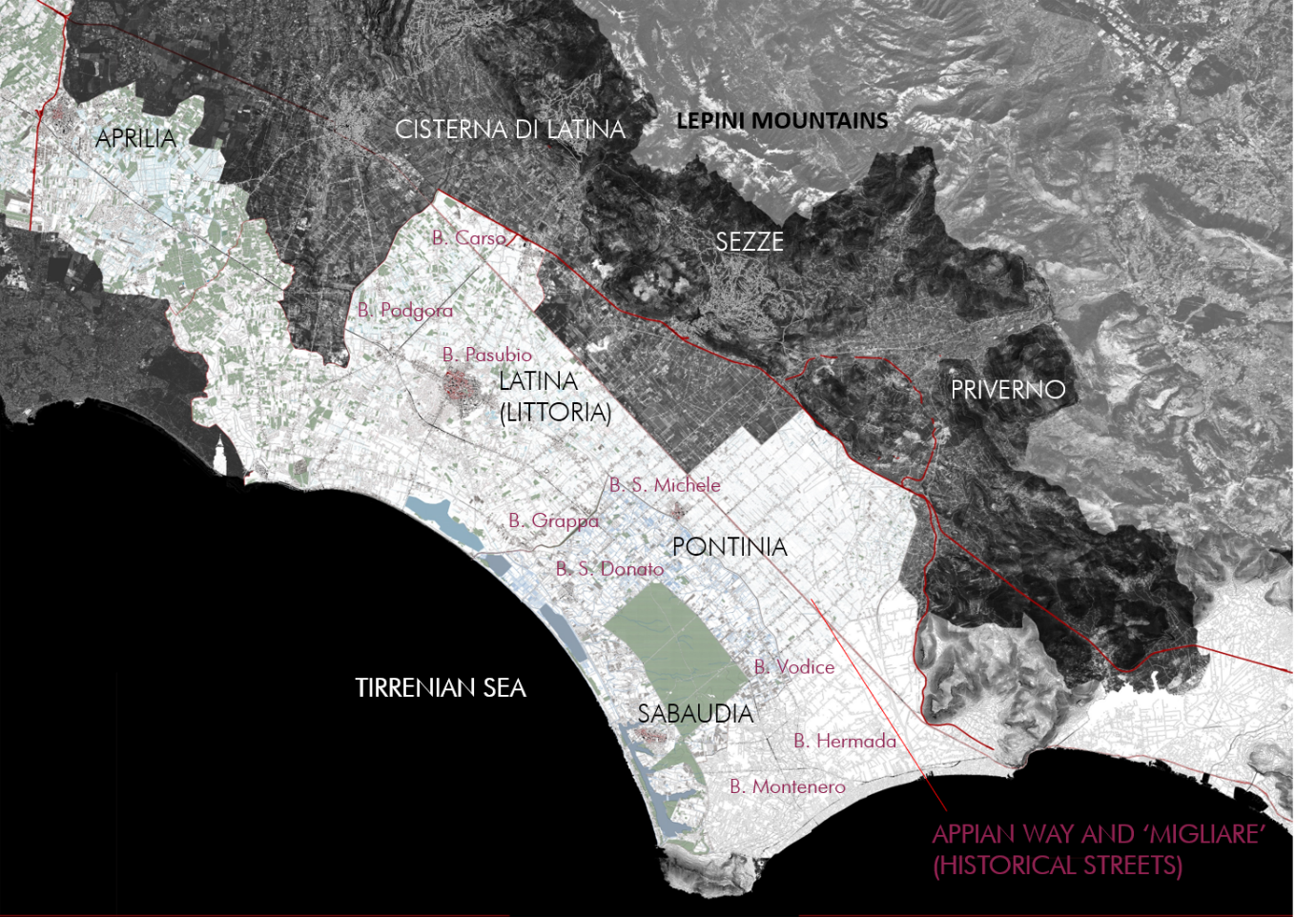Heritage Meaning in New Towns of Modern Era: Defining ‘Urban Heritage’ starting from the Case Study of Italian’s New Town
Emanuela Margione

Abstract
With the reclamation of the Pontine Marshes - known all over the world as the main unresolved Italian heritage - and the construction of the New Towns during the 30’s, the Fascist Party achieves its most significant territorial project. This project becomes the first Regime’s propagandistic instrument concluding, in less than ten years, the reclamation and the construction of New Towns in Agro Pontino. As a Fascist’s propagandistic tools, the New Towns change drastically their meaning - and consequently their form- through time. Starting from this consideration three main questions arise: How the changing of culture can modify the urban space? How, this specific urban space, becomes Urban Heritage? What is the role of memory to defining the Urban Heritage in Modernist New Towns? Starting from the case study of Italian’s New Towns this paper tries to highlight the meaning of Urban Heritage understood as a set of architectural artefacts, which constitute the city, and which over time reinvent themselves and adapt themselves to the society’s new behaviors and models of life. With this paper I intend also to define the term “Urban Heritage" starting from the concept of resilience of modern buildings which, despite their symbolic meaning, can build – or to destroy – human relationship inside the city even today. Finally, the Urban Heritage will be used as a tool to read again these cities with a new perspective able to give a new meaning to the “historical memory” of the buildings and the cities of modern era.
Margione, E. “Heritage Meaning in New Towns of Modern Era: Defining ‘Urban Heritage’ starting from the Case Study of Italian’s New Town.” Heritage & the City conference Proceedings. New York, 2018. 115-124. https://papers.iafor.org/proceedings/conference-proceedings-hcny2018/



